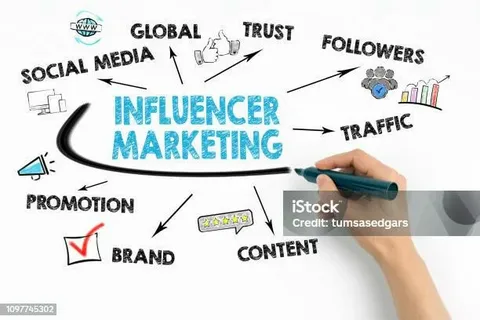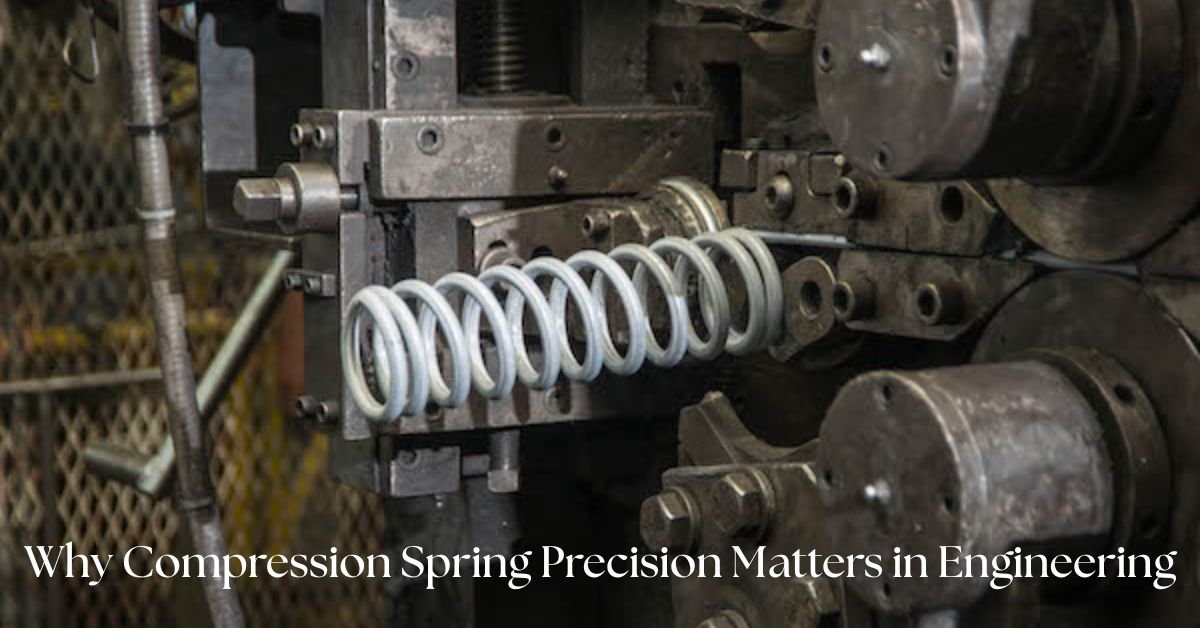If you’ve ever wondered why some brands explode overnight while others fade into the background, there’s often one powerful reason: influencer marketing. No, it’s not just about pretty pictures or viral dances. It’s about trust, human connection, and storytelling that sticks.
And if you’re trying to stand out in a fast-paced market like Influencer marketing in California, it’s not optional—it’s essential.
Why Influencer Marketing Still Works (Even in 2025)
Let’s be honest—consumers don’t trust ads anymore. We scroll past, skip, and block them. But when someone we follow, admire, or relate to shares a product? We pay attention.
That’s the power of influencers. Whether they’re lifestyle creators, industry experts, or niche reviewers, these people shape decisions through relatability and trust.
Especially in California, where trends start and spread like wildfire, the right influencer can move the needle for your business fast.
From Hype to Impact: What Makes a Great Influencer Campaign?
Let’s clear something up first. Influencer marketing isn’t just sending free stuff and hoping for a shoutout. That’s not a strategy. That’s gambling. A real influencer marketing campaign is rooted in:
- Authenticity: The partnership must feel natural. No forced promotions.
- Relevance: The influencer’s audience must align with your target market.
- Consistency: Results come from relationships, not one-off posts.
- Value exchange: Compensation should reflect the effort and influence, but the real value lies in shared goals.
When all of this aligns, magic happens.
Types of Influencers (And Who You Should Work With)
Choosing the right kind of influencer matters more than chasing big follower numbers. Here’s a quick breakdown:
Nano Influencers (1K–10K followers)
These are everyday people with loyal, highly engaged followers.
Perfect for: Hyper-local campaigns, authentic testimonials, and niche audiences.
Micro Influencers (10K–100K followers)
They’re small enough to stay real, yet big enough to have pull.
Perfect for: Startups, direct-to-consumer brands, and affordable scaling.
Macro Influencers (100K–1 M+)
These creators often work full-time on content and influence.
Perfect for: Established brands looking for quick awareness boosts.
Celebrity & Mega Influencers (1M+)
They have global reach, but that doesn’t always translate to conversions.
Perfect for: Massive visibility, product launches, and brand status.
Each type has its place—your goals determine who fits best.
Building a Campaign That Converts
Here’s what I’ve seen work, again and again:
1. Set Clear Goals
Are you after brand awareness? Sales? Web traffic? Email signups?
Start with clarity, and let that guide everything else.
2. Choose the Right Influencers (Don’t Rush This)
Take your time. Study their content, comments, and tone. Look for these green flags:
- Real engagement (not just likes)
- Consistent branding
- A history of genuine collaborations
3. Craft a Real Story
Audiences can smell forced promotion from a mile away. Instead of handing out scripts, give influencers the freedom to share your product in their voice. Give them the “why” and let them bring it to life.
H3: 4. Track the Right Metrics
Forget vanity likes. Instead, focus on:
- Click-through rates
- Time spent on site
- Conversions
- Story replies or DMs
That’s how you measure impact, not just attention.
Common Influencer Marketing Mistakes (And How to Avoid Them)
Even experienced brands mess this up. Let me save you the headache:
- Chasing followers over engagement – Big numbers don’t always mean big results.
- Not setting contracts – Always clarify deliverables, timelines, and usage rights.
- Ghosting your influencers – This is a relationship, not a transaction.
- Expecting overnight miracles – Trust takes time to build.
Fixing these mistakes can instantly elevate your campaigns.
Platforms That Work for Influencer Marketing
The best platform depends on your audience. But here’s a quick breakdown:
- Instagram: Still a powerhouse for visuals, stories, and reels.
- TikTok: Where trends start. Great for short-form content with big reach.
- YouTube: Perfect for in-depth reviews, how-tos, and long-term SEO.
- LinkedIn: Underrated for B2B and professional influence.
- Podcasts & Blogs: High-trust platforms for thought leadership and storytelling.
Mix and match where needed, but focus on where your audience spends their time.
How to Keep It Human (Because That’s What Works)
Here’s something nobody tells you: influencer marketing isn’t about going viral. It’s about connection. You’re not hiring a billboard—you’re starting a conversation.
So, keep your tone friendly. Be flexible. Listen to feedback. Share real results with your creators. The more human your approach, the more real the results.
Success Stories That Prove It Works
I once worked with a fashion brand that had zero influencer strategy. We started with five micro-influencers, all chosen for their personality, not just their aesthetics.
Within 60 days:
- Website traffic doubled
- The email list grew by 23%
- Two products sold out
No celebrity, no viral moment—just real people talking to real people. That’s the win.
Influencer Marketing is More Than a Trend—It’s the Future
Let’s face it—people crave connection. We trust people more than companies. And that’s not changing anytime soon.
So, if you’re still thinking influencer marketing is optional, think again. Brands that invest now—strategically, smartly, and authentically—will dominate tomorrow’s attention economy.
Final Thoughts from Bluelinks Agency
At Bluelinks Agency, we’ve worked with startups, creatives, and global businesses to build influencer campaigns that aren’t just trendy—they’re transformational. We don’t believe in cookie-cutter strategies. We make human relationships, one post at a time.
If you want help growing your brand with real voices and authentic impact, we’re always one message away.







Leave a Reply